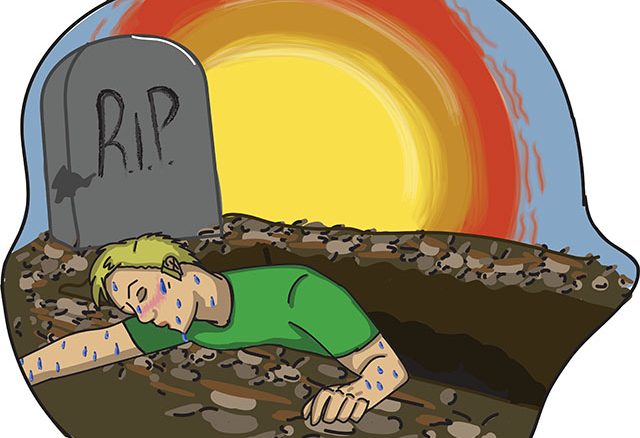
The Department of Health has developed a Climate Change Adaptation Plan to identify the main challenges posed to the health service by the climate crisis.
The plan was developed by a joint department team of HSE officials and doctors, following on from a public consultation.
According to Minister for Health, Simon Harris: “Without decisive adaptation action, climate change will have profound impacts on the health and well-being of our people, on the smooth delivery of our health and social care services,
“The health effects of climate change will be felt particularly by our most vulnerable citizens, including the elderly, children, those with pre-existing conditions, the urban poor, farmers and those living in coastal areas.”
The plan for the health sector is one of 12 adaptation plans developed under the National Climate Change Adaption Framework (2018).
It outlines six climate scenarios with profound health impacts: UV/sun exposure, air pollution, windstorms, heat/heatwaves, high precipitation/flooding and extreme cold snaps.
The plan is set to examine the main risks posed by climate change between the period of 2019-2024, when it will be reviewed again.
According to research conducted in 2017, those with pre-existing medical conditions and those suffering from social deprivation will be among the most vulnerable to the impacts of the climate crisis.
According to the World Health Organisation, climate change is “the biggest global health threat of the 21st century”, estimating that it will cause an extra 250,000 deaths per year from 2030-2050.
By the year 2038, it is predicted that the Irish population will have grown from 4.92 million (in 2019) to 5.68 million, putting a considerable strain on the already oversubscribed health sector as it attempts to tackle the climate crisis.
The plan expects that many of the issues posed to Ireland by the climate crisis will relate to extreme weather conditions such as high precipitation, storms and floods.
The 2016 census stated that 40 per cent of the Irish population reside within 5km of the coast, making almost half of the population vulnerable to flooding and various health issues posed by high precipitation.
The plan states that as of yet, data relating to the health impacts of extreme weather conditions such as flooding has not yet been recorded in a systematic way, something of which this adaptation plan will address throughout its implementation.
Aine O’Boyle
Illustration Credit: Chloe Rooney



